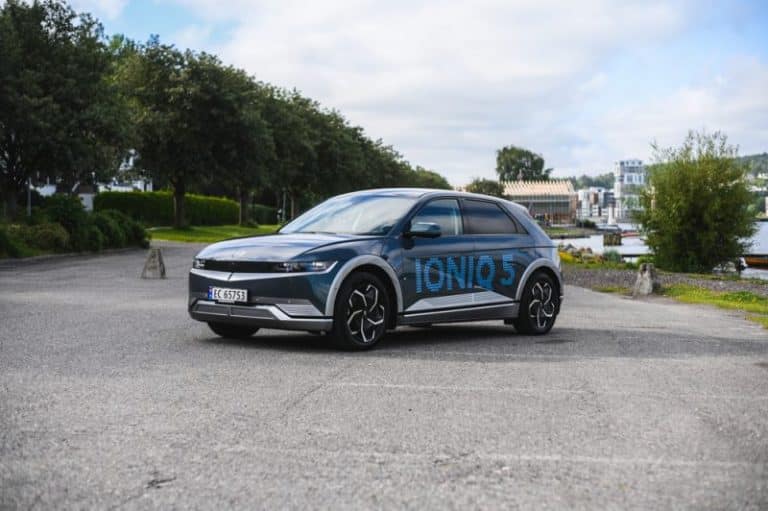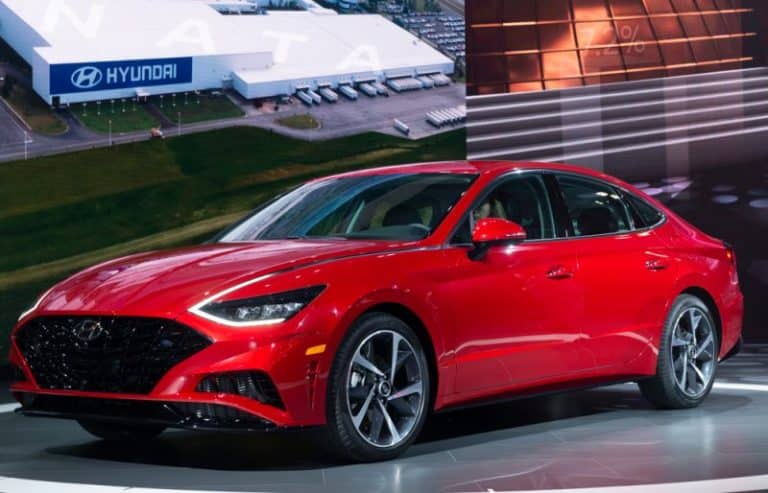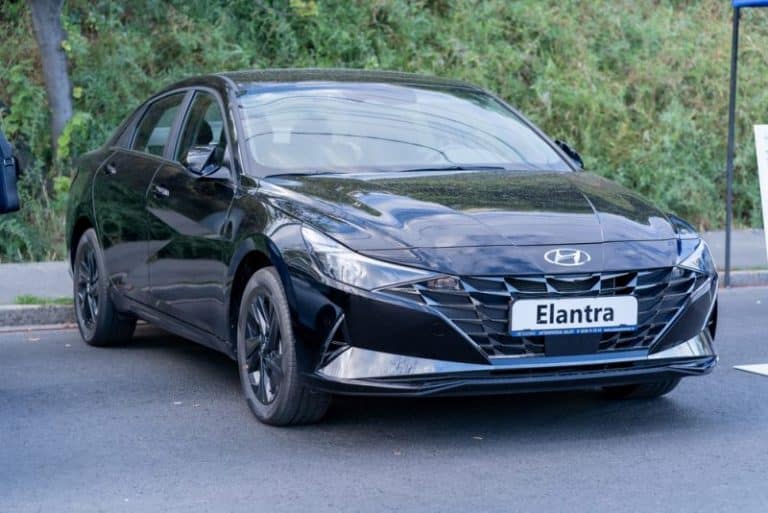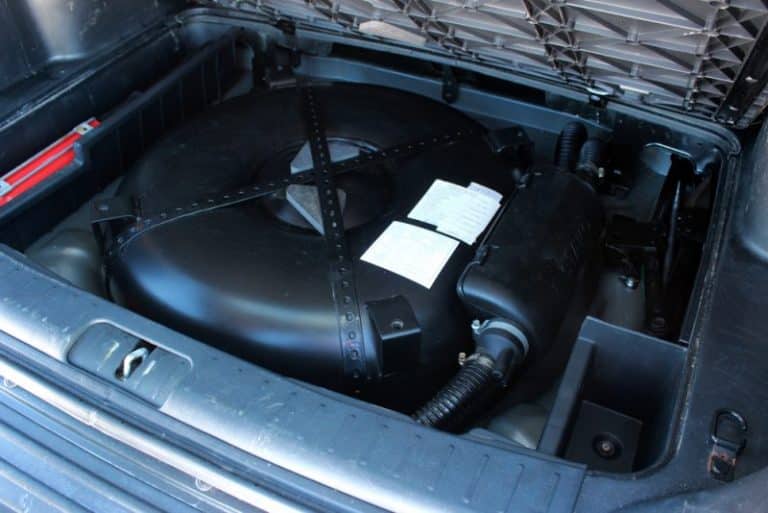Does Hyundai Tucson Have CVT Transmission? (Let’s See)
Imagine driving in a car that has a continuous range of gear ratios and in which the transmission changes flawlessly. No doubt, this was what it means to drive in comfort.
In the course of your reading, you will come to see what the term CVT means, and we will also see if Hyundai Tucson does have this feature or not.
Hyundai Tucson does not have a CVT transmission. Instead, it does have a 6-Speed automatic transmission and an 8-Speed automatic transmission. But there are some Hyundai vehicles, yet there is no Tucson with a CVT transmission.
What is CVT Transmission?
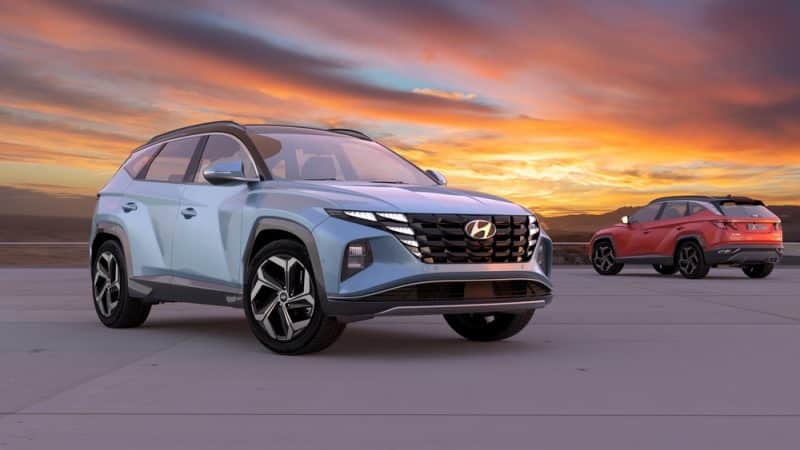
CVT, also known as continuously variable transmission, is a specific automatic transmission system that changes seamlessly through an endless range of gear ratios.
However, it is also known to have hard shifts between them.
The flexibility of CVT and its reasonable control gives the engine permission to operate at a constant RPM while the vehicle keeps changing speeds.
And unlike other transmissions, there are no limitations to the number of gear ratios.
However, CVTs are of many different types: hydrostatic/hydraulic CVT, toroidal CVT, cone CVT, pulley-based CVT, electric CVT, ratcheting CVT, and epicyclic CVT.
They are all built for different kinds of machines. Let us consider their history and how they work.
#1. The History/Origin of the CVT
The CVT has its origin from as far back as 1490 when Leonardo DaVinci designed the first CVT. But it was still until 1866 was the patent right was given to Daimler and Benz.
And then later came Milton Reeves, who invented his in 1879 for sawmilling, then called a variable-speed transmission. And by 1896, Reeves started fitting it into cars.
Zenith Gradua 6HP motorcycle that made use of a pulley-based Gradua CVT. And in 1912, the Rudge-Whitworth Multi-gear was created as an improved version of the Gradua CVT.
From 1913-to 1923, the small-wheeled cyclecars built in Spain were the first cars to use a CVT.
#2. How CVT Works
The majority of the CVT works as a pulley-based system, and this consists of a chain belt connecting cones at each pulley.
And this is far different from the traditional transmission that uses so many other complex parts.
The movements of the cones increase or decrease the belt diameter to change the gear ratios. And this, in effect, increases power and boosts fuel economy.
One pulley of the CVT gives power to the engine while the other provides power to the wheels.
Depending on the power, there are changes in the pulley’s width; as one gets larger, the other gets smaller. And this is what makes acceleration strong but at the same time flawless.
Another CVT functions on a similar principle, but it uses discs and rollers.
What Type of Transmission does Hyundai Tucson Have?
If you are interested in this question simply because you are expecting to hear that it has a CVT transmission, well, the truth is, it doesn’t.
Instead, Hyundai equips Tucson with two engines, each with its transmission.
Tucson’s first transmission has a 2L petrol engine that brings out 150 PS and 192 Nm of peak torque with a 6-Speed automatic transmission.
The second has a 2L diesel engine that gives 185 PS of power and 400 Nm of torque with an 8-Speed automatic transmission.
The 8-Speed automatic transmission was an upgrade for all trims 2022 Tucson. Yet, the Hyundai Tucson hybrid blue remained with a 6-Speed automatic transmission.
And the 2.5L inline-4 gasoline engine can generate 187 HP at 6,100 RPM and 178 LB-FT of torque at 4,000 RPM.
Nevertheless, there are about six Hyundai vehicles that I have seen to have the CVT transmission.
Although the production may not be constant, I have seen one or more of their model years and trims.
These vehicles are:
#1. Hyundai Creta
With a record as the third best-selling Hyundai model since 2019, after selling across Brazil, Russia, India, China, and South Africa.
During the release of its second generation in 2019, it began offering an installation of the CVT transmission. That was when Hyundai also paired it with the SmartStream G1.5MPi engine.
Creta can get from0 to 62 MPH in 12.2 seconds with the manual transmission on its engine.
At the same time, the CVT transmission can get from 0 to 62 MPH in 12 seconds on a similar engine.
#2. Hyundai i20
This supermini hatchback has its largest market in India and Europe. It replaced Hyundai Getz and debuted at Paris Motor Show in 2008.
In most markets where it isn’t available, Hyundai Accent sells in place of it (Hyundai i20).
During its second generation in 2018, when the facelifted version of the Hyundai i20 was released, it also offered CVT transmission.
The CVT replaced the torque converter automatic transmission for the 1.2L Kappa Mpi gasoline engine variants.
And this new engine can produce 81 HP at 6000 RPM and 85 LB-FT of torque at 4000 RPM.
#3. Hyundai Venue
This model is a derivative of the Hyundai Accent and remains a subcompact crossover SUV and the smallest Hyundai SUV found in the US.
The Hyundai Venue with CVT was first introduced into the US market in 2020 with a 1.6L inline-4 gasoline engine on all its three trims.
The engine gives 121 HP at 6300 RPM and 113 LB-FT of torque at 4,500 RPM.
#4. Hyundai Accent
During its first generation in Australia, it is called the Hyundai excel. On the other hand, the Hyundai Accent is a subcompact car.
While Accent SE started offering the option for CVT in the 2020 model year, the SEL and Limited were sold only with a CVT transmission from 2020.
The CVT transmission came with a 1.6L inline-4 gasoline engine that can generate 120 HP at 6,300 RPM and 113 LB-FT of torque at 4,500 RPM.
But in 2022, the CVT transmission was the only transmission available for all trims of the Hyundai accent.
#5. Hyundai Elantra
It is a compact car in two versions; namely, the Hyundai Elantra GT and Hyundai Elantra N. Elantra GT came in 2020 while the Elantra N came in 2022 but neither had a CVT option.
Although they later used CVT in their trims in 2020. And amongst its six trims, only Elantra ECO and Elantra Sport did not have the CVT.
Instead, it came with a 2.0L inline-4 gasoline engine that produced 147 HP at 6,200 RPM and a 132 LB-FT of torque at 4,500 RPM.
#6. Hyundai Kona
It is a subcompact SUV with two versions, the standard model and Hyundai Kona N.
It is a subcompact crossover SUV and a high-performance SUV released in 2022. It also never came with a CVT transmission.
Although the CVT was the only transmission available for the Hyundai Kona SE and SEL, it came with a 2.0L inline-4 gasoline engine that gave out 147 HP at 6,200 RPM and 132 LB-FT of torque at 4,500 RPM.
Pros and Cons of CVT Transmission
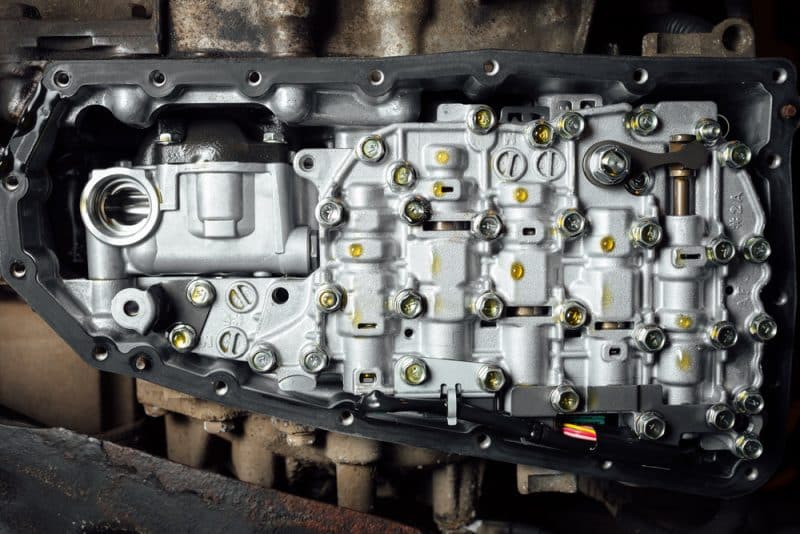
The CVT transmission offers numerous advantages for a driver, and these are;
- Driving uphill in ascending order is usually done easier.
- You can notice smooth driving and acceleration at any speed due to the absence of a hard gear shift.
- Shows excellent improvements and promise in the aspect of fuel economy.
Meanwhile, the disadvantages of the CVT transmission are;
- Its design doesn’t support for high performance
- Costs of maintenance and repair are usually very high
- The transmission systems are generally more costly than the traditional transmission.
Summary
Hyundai Tucson does not have a CVT transmission; instead, it is a 6-Speed transmission and an 8-Speed transmission.
We also discussed that a CVT means a continuous variable transmission and traced its origin to 1490, and we now know how it works.
And finally, we saw the pros and cons of a CVT transmission.


